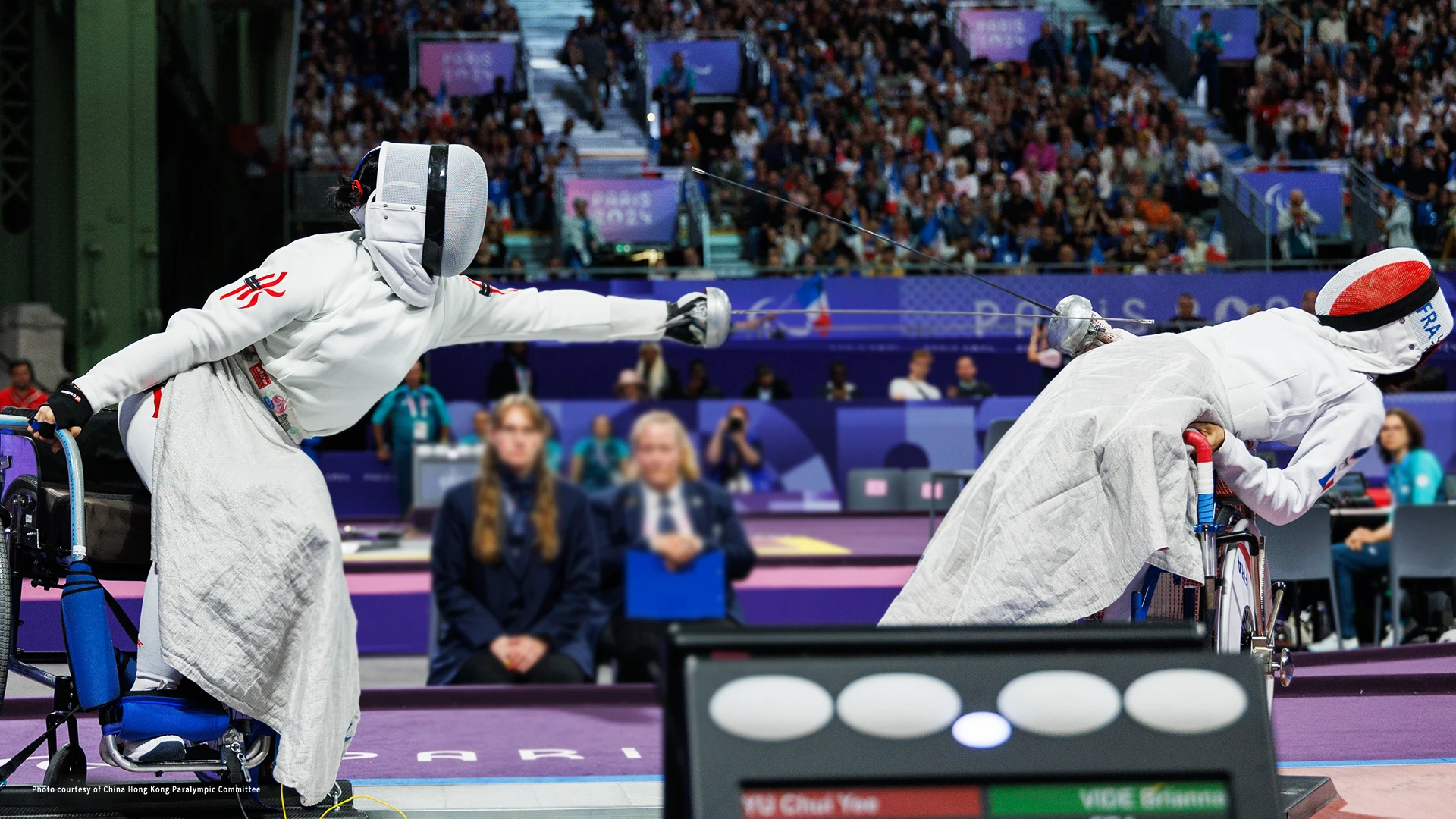Wheelchair Fencing
Competition date: 9-14 December, 2025
Wheelchair fencers are classified into three categories based on their level of impairment: A, B and C, with A representing the mildest impairment and C the most severe.
Hong Kong will stage events of foil, epee, and sabre in Men’s and Women’s divisions in individual and team events of the above three levels, and 24 gold medals will be awarded.
The competition is named as “The 12th National Games for Persons with Disabilities and the 9th National Special Olympic Games The Hong Kong Jockey Club Trophy Wheelchair Fencing Competition”.










